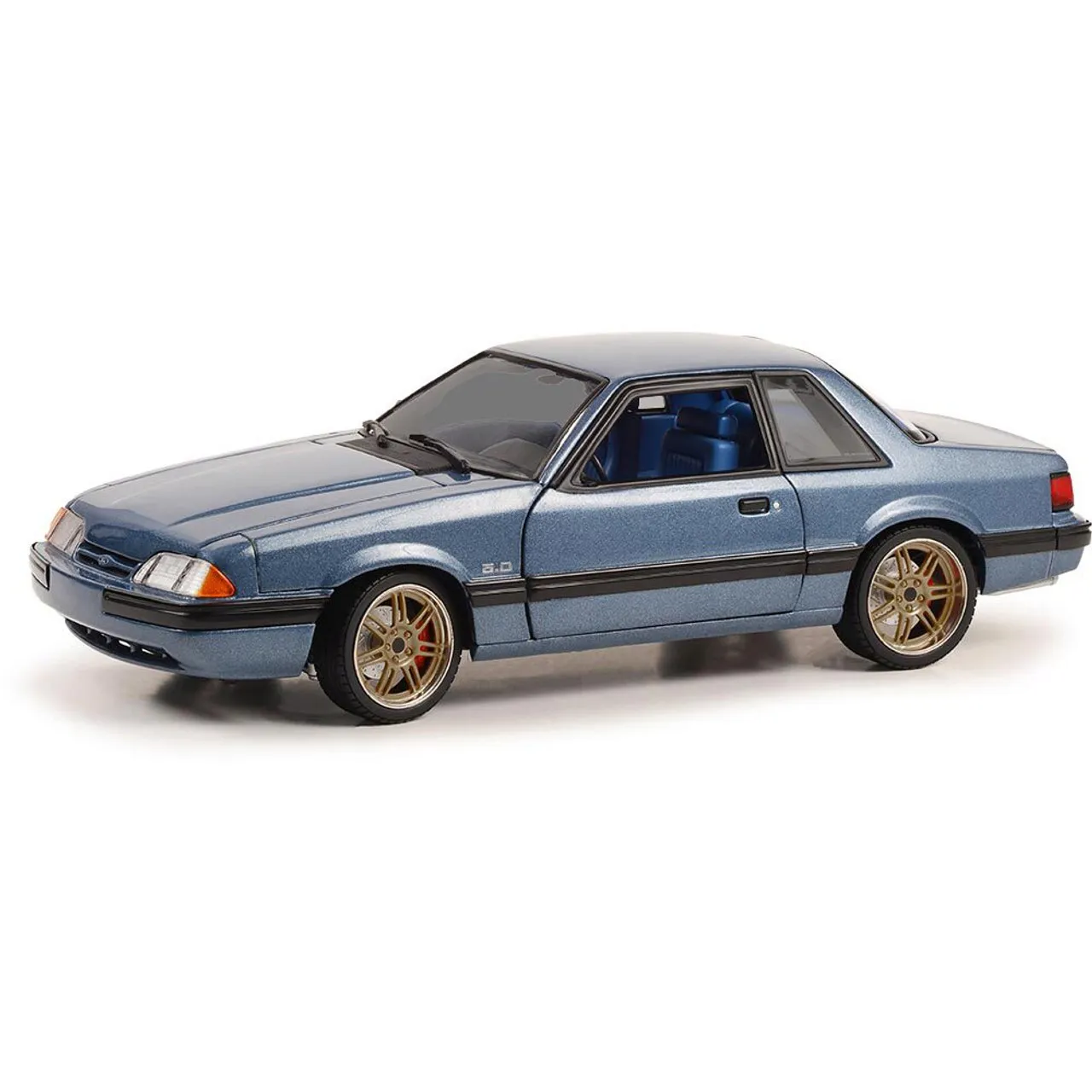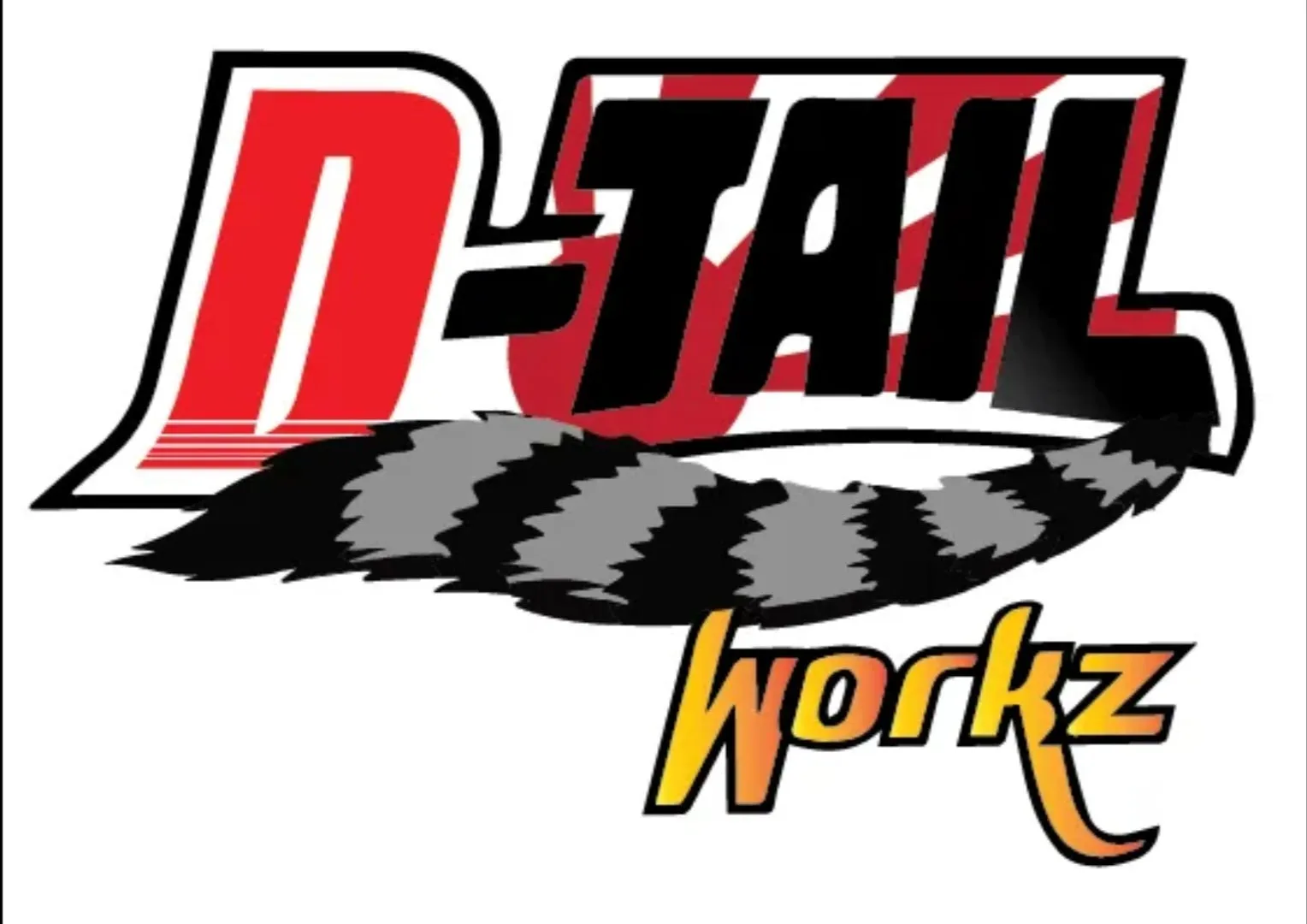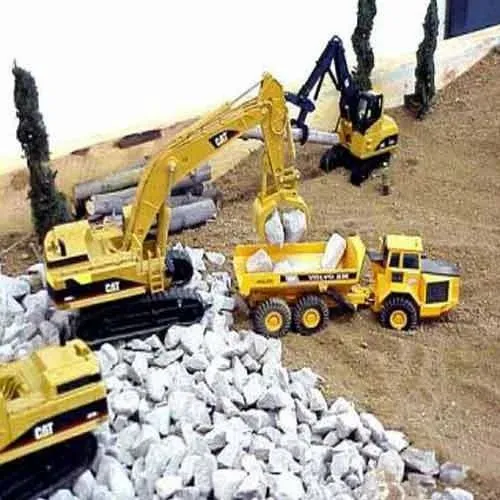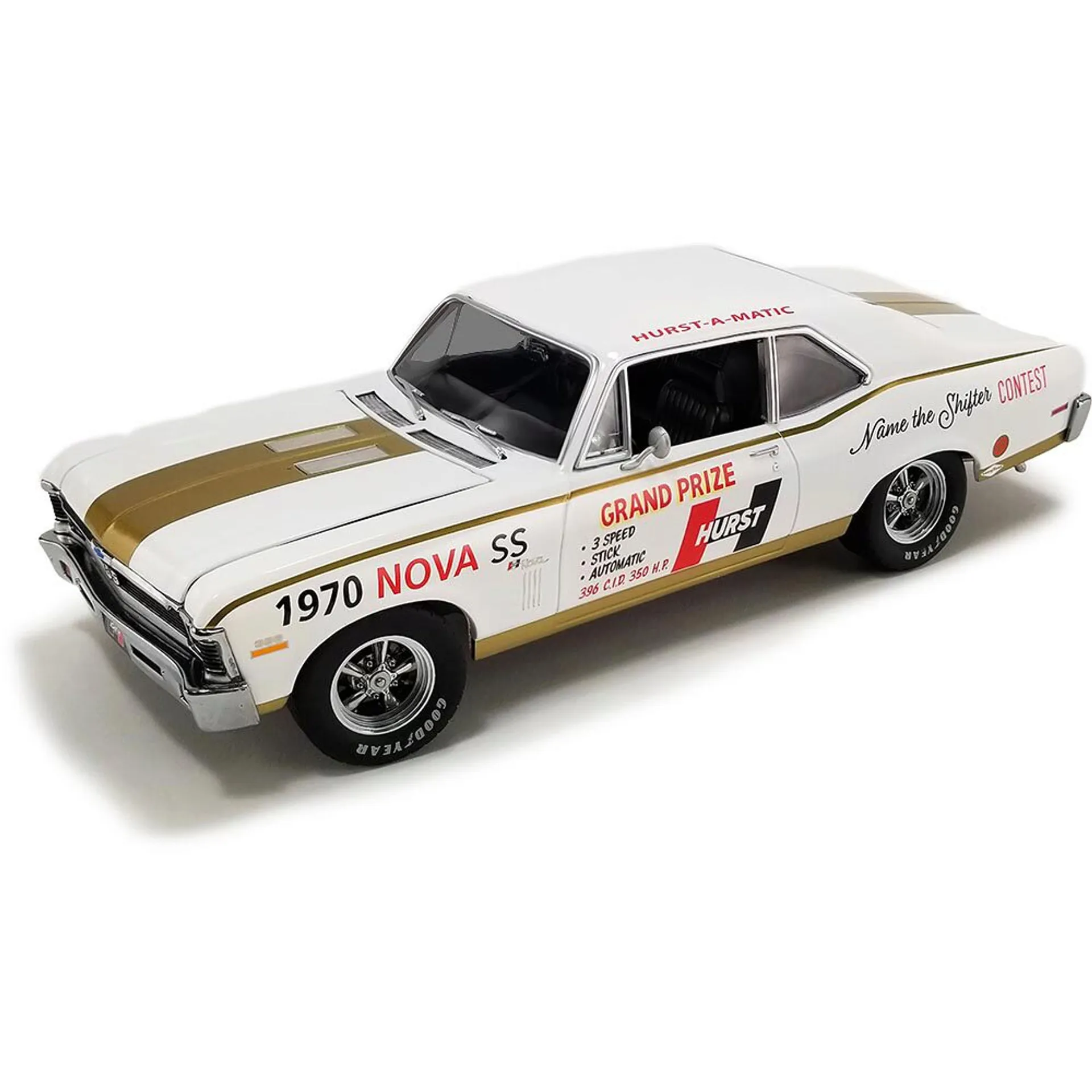What is a Custom Diecast Replica
A custom diecast replica is a meticulously crafted miniature model of a real-life vehicle, modified or created from scratch to reflect specific details, designs, or personal preferences. Unlike mass-produced diecast models, custom replicas offer a unique opportunity for collectors and hobbyists to own a one-of-a-kind piece. The process involves taking a base model (often a commercially available diecast car), disassembling it, modifying its components, repainting it, adding custom details, and reassembling it to achieve the desired look. This can range from minor cosmetic changes to complete overhauls, transforming an ordinary model into a highly personalized and valuable collectible. The appeal of custom diecast replicas lies in the ability to create something truly unique, representing a specific car, a particular era, or even a personal dream vehicle, all in miniature form. This guide will provide you with everything you need to know to get started.
Materials and Tools Needed
Creating custom diecast replicas requires a range of tools and materials to ensure a high-quality finish. Investing in the right equipment from the start will save you time and frustration. You’ll need a workspace with good ventilation and lighting. Essential tools include a precision screwdriver set, hobby knives (such as X-Acto knives), pliers, and tweezers for handling small parts. For preparing the model, you’ll need sandpaper in various grits (from coarse to fine), primer, and putty or filler for smoothing imperfections. The painting process calls for an airbrush or spray cans, along with various paints, thinners, and clear coats. For adding details, you’ll need a fine-tipped brush, paint pens, and possibly an engraver for custom detailing. Finally, for assembly, you’ll need strong adhesives, such as CA glue (super glue) and epoxy. Safety equipment, including a respirator, gloves, and eye protection, is crucial to protect yourself during the process.
Choosing the Right Base Model

The foundation of any great custom diecast replica is the base model you choose. The quality of the base model significantly impacts the final result. Look for models with good detail, accurate proportions, and solid construction. Consider the scale you want to work with; 1:18 and 1:24 scales are popular due to the level of detail possible. Check the model’s components and how easily they can be disassembled and modified. Look at the material the model is made of and the details, some materials are easier to work with. Research the availability of aftermarket parts, which can enhance your customization options. Popular brands like Hot Wheels, Maisto, and Autoart offer a wide variety of vehicles and detail levels. Start with a model you are familiar with, and don’t be afraid to experiment with different brands and models as your skills progress. Consider the overall goal of your custom replica, and choose a model that closely resembles your desired outcome.
Detailing and Customization
Detailing and customization are where the magic happens, transforming a standard diecast model into a unique masterpiece. This stage involves adding realistic features and personalized touches. Start by disassembling the base model carefully, taking photos at each stage to remember how it goes back together. Modify or replace existing parts, such as wheels, bumpers, and grilles, to match your vision. Use putty or filler to smooth out imperfections or fill unwanted details. Add custom features using various materials, such as thin styrene sheets, wire, and photo-etched parts. Painting the interior and adding custom seats, steering wheels, and dashboards can significantly enhance realism. For complex projects, consider using 3D-printed parts to create highly detailed components. Remember to take your time, work methodically, and test-fit parts before applying any permanent modifications. Research techniques for weathering, such as dry brushing or washes, to add depth and realism to your custom replica.
Preparing the Model for Customization
Before applying any paint or modifications, proper preparation is crucial. Begin by completely disassembling the model, separating all parts. Clean the model thoroughly to remove any dirt, grease, or existing paint. Use a mild soap solution or a specialized degreaser for this purpose. Any imperfections on the surface must be addressed, use a fine-grit sandpaper to remove any imperfections, seam lines, or casting marks. Apply a thin layer of primer to ensure the paint adheres properly. Primer also helps reveal any remaining imperfections, allowing you to make further adjustments. Allow the primer to dry completely before proceeding with painting. Mask off areas that you don’t want to paint using masking tape. Proper preparation is the most important aspect, so take your time and be patient.
Painting Techniques for Replicas

Painting is a critical step in creating a realistic custom diecast replica. An airbrush is the preferred tool for achieving a smooth, even finish, but spray cans can also be used with good results. Thin your paints appropriately to prevent clogging and ensure smooth coverage. Apply thin, even coats of paint, allowing each coat to dry before applying the next. This prevents runs and ensures a professional-looking finish. For metallic paints, use multiple light coats to achieve the desired effect. Experiment with different painting techniques, such as blending, shading, and highlighting, to add depth and realism. After the paint has completely dried, apply a clear coat to protect the finish and give the model a polished appearance. Remember to use the correct type of clear coat for your paint, and follow the manufacturer’s instructions carefully. Practice your painting skills on scrap materials before working on your final project.
Decals and Markings
Decals and markings add the final touches that bring your custom diecast replica to life. These details can include logos, racing stripes, license plates, and other unique elements that make your model stand out. Decals come in various forms, including waterslide decals, which are the most common type used in model building. Carefully cut the decals from the sheet, and dip them in water to release them from the backing paper. Slide the decal onto the model, and position it accurately. Use a decal setting solution to help the decal conform to the model’s surface and eliminate air bubbles. After the decals are dry, apply a clear coat to protect them and blend them seamlessly with the paint. Alternatively, you can use custom-printed decals or create your own using decal paper and a printer. Adding realistic markings will take your model to the next level.
Assembly and Finishing Touches
Once all the individual parts are painted, detailed, and decaled, it’s time to reassemble your custom diecast replica. Use a strong adhesive, such as CA glue (super glue) or epoxy, to bond the parts together. Be sure to test-fit all the components before applying glue, and allow adequate drying time. Pay attention to the alignment of parts, ensuring they fit snugly and correctly. For parts that may need adjustments, such as doors or hoods, test their movement and make sure there is no interference. Clean up any excess glue and touch up any paint imperfections. Add any remaining details, such as mirrors, windshield wipers, and antennas. Ensure that all the components are properly secured, and that the model functions as intended. The final result should be a beautifully crafted and fully functional custom diecast replica, ready to be displayed or added to your collection.
Sealing and Protecting Your Replica

Protecting your custom diecast replica is essential to preserve its beauty and value. After the final assembly, apply a clear coat to seal the paint, decals, and any other applied details. This layer of protection guards against scratches, fading, and environmental damage. Choose a clear coat that is compatible with your paints and finishes. Apply the clear coat in thin, even coats, allowing each coat to dry completely before applying the next. For added protection, you can consider using a UV-resistant clear coat, which helps prevent the model from fading due to sunlight exposure. After the clear coat has fully cured, you can handle the model with greater confidence, knowing it is protected from minor abrasions. Keep your custom diecast replica away from direct sunlight, extreme temperatures, and excessive moisture. Store your model in a display case or a protected area to prevent dust accumulation and accidental damage.
Displaying and Showcasing Your Replica
Displaying your custom diecast replica is an excellent way to showcase your hard work and share your passion with others. Choose a display case that protects the model from dust, dirt, and accidental damage. Consider the lighting in your display area, and use it to highlight the details of your replica. Position the model in a way that allows for easy viewing from all angles. Use a backdrop or a themed setting to enhance the presentation of your custom diecast. If you are displaying multiple models, organize them in a way that tells a story or reflects your collecting preferences. Share photos of your custom replicas on social media platforms and model car forums. Participating in model car shows or local club events is a great way to connect with other enthusiasts and show off your creations. The way you display your models adds to their value and enjoyment.
Where to Find Parts and Supplies
Sourcing the right parts and supplies is vital for a successful custom diecast replica project. There are numerous places to find the materials you need, both online and in local hobby stores. Building relationships with suppliers can also provide valuable support, advice and a sense of community. Research different options to get the best deals and make sure you have the right tools.
Online Retailers and Suppliers

The internet is an invaluable resource for finding parts, tools, and supplies for custom diecast replicas. Numerous online retailers specialize in model building and offer a wide range of products. Research and compare prices from different online stores. Consider the shipping costs and delivery times before making a purchase. Look for retailers that offer detailed product descriptions, customer reviews, and high-quality images. Some online stores focus on specific types of models or parts. Some online marketplaces offer a vast array of parts, from base models to detail parts. When buying online, always ensure that the retailer is reputable and offers secure payment options. Common online retailers include specialist model shops and general hobby stores. The internet provides a convenient and comprehensive way to source almost everything you need.
Community Forums and Groups
Joining community forums and groups is a great way to learn, share ideas, and find resources for your custom diecast replica projects. These online communities provide a platform to connect with fellow enthusiasts, ask questions, and share your work. Forums often have dedicated sections for different scales, model types, and customization techniques. Within these groups, you can ask for advice, get help with troubleshooting, and learn new skills. Participate in discussions, and share your knowledge with others. These forums often have buy-and-sell sections where you can find parts, tools, and even pre-made custom parts. Local clubs often organize events, such as model car shows and workshops, providing face-to-face interaction and hands-on learning opportunities. Building relationships within the community will bring inspiration and access to hard-to-find components.
Troubleshooting Common Issues
Even experienced modelers encounter problems from time to time. Knowing how to troubleshoot common issues can save time and prevent frustration. Here are some frequently faced challenges and how to address them. Keep a record of your projects, and note any problems encountered.
Paint Application Problems

Paint application problems are among the most common issues encountered by custom diecast replica builders. Runs, drips, and uneven coverage can ruin the appearance of your model. The primary causes of paint problems are incorrect paint consistency, improper airbrush technique, or environmental factors. If you experience runs or drips, the paint is likely too thick, or you are applying too much paint at once. Thin your paint to the appropriate consistency, and apply multiple thin coats. If the paint is not adhering to the surface, the model may not be properly prepared. If you are getting a rough or textured finish, it could be due to the paint drying before it hits the surface (called ‘orange peel’). Adjust your airbrush settings, the thinner, and the distance from the model. If paint does not dry, or you see bubbles, it could be due to humidity. Ensure you are working in a well-ventilated area with a controlled environment. Troubleshooting paint application issues will help you to achieve a smooth, professional finish.
Decal Application Issues
Applying decals can be tricky, and a few common issues can spoil the look of your custom diecast replica. Air bubbles, silvering, and tearing are common problems. Air bubbles trapped under the decal can be unsightly. Use a pin or hobby knife to carefully pierce the bubble, and then apply decal setting solution to smooth it out. Silvering is when the decal appears to have a silvery sheen, caused by air trapped between the decal and the surface. To avoid silvering, make sure the surface is smooth, clean, and glossy before applying the decal. Using decal setting solutions will help the decal adhere to the model. Handle decals with care, and use tweezers to position them accurately. If a decal tears, try to repair it with a small piece of spare decal or a paint match. Practice decal application on scrap plastic or a spare decal sheet to master the technique before applying them to your model.
Preventative Measures
Preventing problems is always easier than fixing them. Proper preparation, technique, and a clean workspace are the keys to avoiding many common issues. Always clean and degrease the model before painting, and use primer. Thin your paints to the correct consistency, and practice your airbrush technique on scrap materials before working on your final project. Work in a well-ventilated area, and wear appropriate safety gear. If you are experiencing a problem, stop and assess the issue to understand its source. Research techniques and solutions online or in model-building forums. Keeping good notes on your project will help you avoid repeating mistakes. Maintaining a clean workspace and storing your tools and materials properly will help ensure smooth project progress. By taking preventative measures, you will increase your success and enjoyment of building custom diecast replicas.
